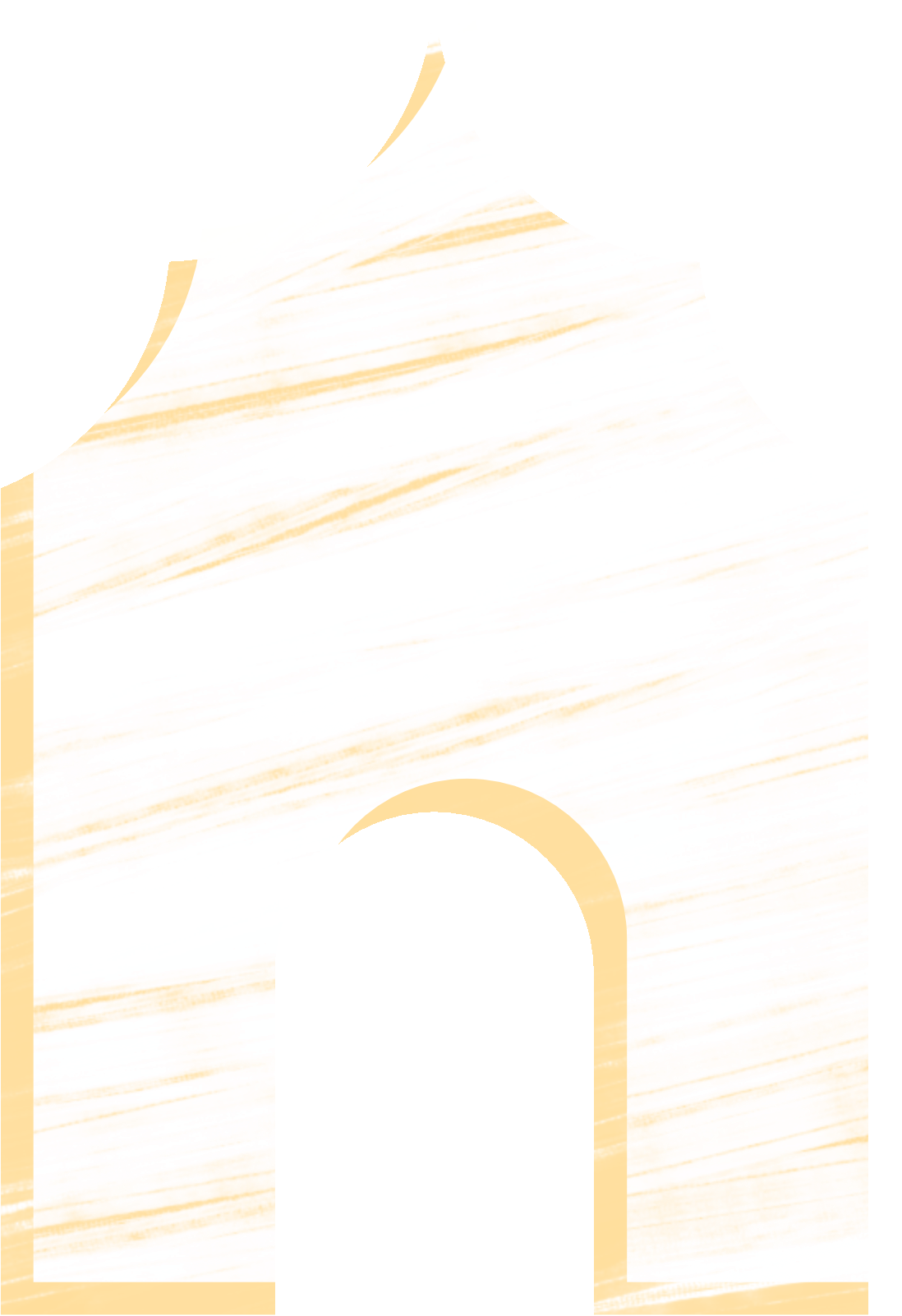


Ciborro first belonged to the municipality of Lavre. At the beginning of the 19th century, the settlement developed along Estrada Nacional 2. It was known as Aldeia Nova de Valenças, and was part of the County of Valenças. From 1897, the first count of Valenças, Luís Jardim, created fifty leasehold estates around Monte do Ciborro, as part of the main Paço de Aragão estate. The name Ciborro was later adopted by the village and soon covered a larger area. It belonged to the extinct parish of São Geraldo for a few years and then in 1986, it became a parish in its own right, with the official name of Ciborro. The parish of Ciborro belongs to the municipality of Montemor-o-Novo, with an area of 56.31 km², and a population of 714.
1910s — Culture and Education: “João Mau-Tempo” attends primary school in Ciborro.
The great struggle to foster literacy among the Portuguese people only took on momentum in the early 20th century, in accordance with republican policy. The republican educational campaign, based on the French Enlightenment and Pombaline reforms, began in the 19th century, with several initiatives emerging as the precursors to the implementation of the reforms of the First Republic. Free, secular education came to many towns in the Alentejo, and led to the opening of Ciborro primary school in 1917.
Type of tour:
Points of Interpretive Interest
Tour name:
João Mau-Tempo’s Schooldays
Location:
38°48’05”N 8°13’42”W Largo do Povo, Ciborro
County:
Montemor-o-Novo
Route:
São Geraldo – EN2 – Ciborro For Thematic Tour 3: Ciborro -EM507 – Lavre
Type:
Walking tour
Distance:
300 m between points of interest
Average duration:
30 minutes
Type of surface:
Urban roads
Signage:
Yes
Landowners:
Public right of way
Useful contacts:
Parish Council 266 847 153

At the 500 km milestone on the famous Estrada Nacional 2 you enter the village of Ciborro. Going down the main road with white houses on either side, Largo do Povo is on the left. The “Mau-Tempos” lived in Ciborro, before “Domingos” disappeared for two years, abandoning his wife and children. In Ciborro, they lived in the house of the “Galegos”, with whom “João Mau-Tempo” had good and bad times.
Domingos Mau-Tempo went back to his old ways, wine, idleness, beatings, fights and insults. Mama, is Papa cursed, Don’t say such things about your father. These are words often spoken in such circumstances, and neither those intended as an accusation nor thos intended to absolve should be taken seriously. Poverty was casting a dark shadow over the faces of these people, and the children who were old enough to do so went begging. However, there are still some kind, conscientious people, such as the owners of the house in which the Mau-Tempo family lived, who often gave them food, but children can be cruel, and although when bread was being baked in the owners’ house, they always reserved a bread roll for João Mau-Tempo, the boys of the family, who went to the same school and were all friends, used to play a practical joke on João Mau-Tempo, tethering him with a rope to the trough with the bread roll before him and refusing to let him go until he had eaten it. And people say there’s a God.
(Raised from the Ground, José Saramago, 2018, p 38)
In conversation with the older inhabitants, we concluded that two families with the surname Galego lived in Ciborro. However, it was not possible to identify the house other than that it was located close to Largo do Povo. The “Mau-Tempos” episode at the “Galegos” house is one of the most paradoxical in the Raised from the Ground narrative, as those who give are also those who take away. That is, the brothers give bread to “João Mau-Tempo” but it is a humiliating gesture.

Leaving Largo do Povo via Travessa do Ciborro, you come to Rua Nova and will see the Primary School on the right. Ciborro is an important place in the life of “João Mau-Tempo” as it was here that he received his primary education.
And the fates? Domingos Mau-Tempo once again began to slide into sadness, like a monster in exile, for that is the worst of all sadnesses, as you can see from the tale of Beauty and the Beast, and it wasn’t long before he said to his wife. It’s time to move on, I don’t feel comfortable here, wait for a few days with the children while I go and look for work elsewhere. Sara da Conceição, not believing that her husband would come back, waited for two months, what else could she do, and was once more the abandoned widow, then up he popped again, happy as a sandboy, full of sweet words, Sara, I’ve found work and a really nice house in Ciborro. And so they left for Ciborro, and things went quite well for them, because the people there were pleasant and paid their bills promptly. There was no shortage of work, and the shoemaker seemed to have lost his taste for the taberna, not entirely, that would be asking too much, but enough to make him seem a respectable man. And this happened at an opportune moment because, meanwhile, a primary school had been set up there, and João Mau-Tempo, who was the right age, went there to learn to read and write and count.”
(Raised from the Ground, José Saramago, 2018, pp. 35-56)
In his autobiography, João Serra recalls the inauguration of the school.
“It was here on this earth that at the age of seven years I started school at the newly-opened state primary school. It was really needed, this school; It was a lovely inauguration, with a great turnout by local people, and much joy was felt in the hearts of the entire population of the area. It was in this receptive environment that I started school. Mr Andrade from Montemor-o-Novo was the headmaster of the school.” (Serra, 2010, p. 46).
According to João Serra’s autobiography, the inauguration ceremony took place in 1912. Later, probably due to the lack of teachers, the establishment was replaced by a mobile school, which in turn closed in July 1916, after the minimum two-years period of operation provided for by law for mobile schools had been completed (cf. Fonseca, 2010-2011, pp. 99-134).